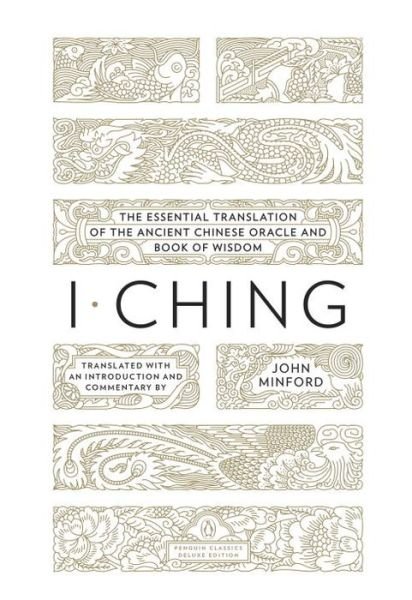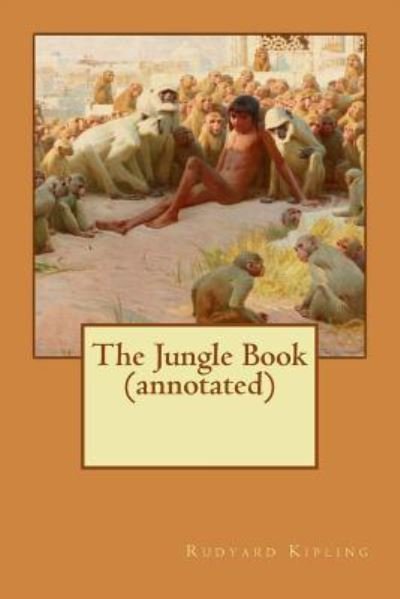
Tell your friends about this item:
The Jungle Book (annotated)
Rudyard Kipling
Ordered from remote warehouse
 Christmas presents can be returned until 31 January
Christmas presents can be returned until 31 January

Also available as:
- Paperback Book (2012) $ 9.99
- Paperback Book (2025) $ 10.99
- Paperback Book (2019) $ 11.49
- Paperback Book (2015) $ 13.49
- Paperback Book (2021) $ 13.49
- Paperback Book (2020) $ 13.49
- Paperback Book (2017) $ 13.99
- Paperback Book (2018) $ 13.99
- Paperback Book (2018) $ 13.99
- Paperback Book (2010) $ 13.99
- Paperback Book (2017) $ 13.99
- Paperback Book (2018) $ 13.99
- Paperback Book (2016) $ 14.49
-
Paperback BookPap / Pstr edition(2012) $ 14.49
- Paperback Book (2010) $ 14.49
- Paperback Book (2015) $ 14.49
- Paperback Book (2018) $ 14.49
- Paperback Book (2015) $ 14.49
- Paperback Book (2020) $ 14.49
- Paperback Book (2016) $ 14.49
- Paperback Book (2017) $ 14.49
- Paperback Book (2014) $ 14.49
- Paperback Book (2016) $ 14.49
- Paperback Book (2016) $ 14.49
- Paperback Book (2016) $ 14.49
The Jungle Book (annotated)
Rudyard Kipling
The Jungle Book (1894) is a collection of stories by the English author Rudyard Kipling. Most of the characters are animals such as Shere Khan the tiger and Baloo the bear, though a principal character is the boy or "man-cub" Mowgli, who is raised in the jungle by wolves. The stories are set in a forest in India; one place mentioned repeatedly is "Seonee" (Seoni), in the central state of Madhya Pradesh. A major theme in the book is abandonment followed by fostering, as in the life of Mowgli, echoing Kipling's own childhood. The theme is echoed in the triumph of protagonists including Rikki-Tikki-Tavi and The White Seal over their enemies, as well as Mowgli's. Another important theme is of law and freedom; the stories are not about animal behaviour, still less about the Darwinian struggle for survival, but about human archetypes in animal form. They teach respect for authority, obedience, and knowing one's place in society with "the law of the jungle", but the stories also illustrate the freedom to move between different worlds, such as when Mowgli moves between the jungle and the village. Critics have also noted the essential wildness and lawless energies in the stories, reflecting the irresponsible side of human nature. The Jungle Book has remained popular, partly through its many adaptations for film and other media. Critics such as Swati Singh have noted that even critics wary of Kipling for his supposed imperialism have admired the power of his storytelling. The book has been influential in the scout movement, whose founder, Robert Baden-Powell, was a friend of Kipling's. Percy Grainger composed his Jungle Book Cycle around quotations from the book. The tales in the book (as well as those in The Second Jungle Book, which followed in 1895 and includes five further stories about Mowgli) are fables, using animals in an anthropomorphic manner to teach moral lessons. The verses of "The Law of the Jungle", for example, lay down rules for the safety of individuals, families, and communities. Kipling put in them nearly everything he knew or "heard or dreamed about the Indian jungle". Other readers have interpreted the work as allegories of the politics and society of the time. In a letter written and signed by Kipling in 1895, Kipling confesses to borrowing ideas and stories in the Jungle Book: "I am afraid that all that code in its outlines has been manufactured to meet 'the necessities of the case': though a little of it is bodily taken from (Southern) Esquimaux rules for the division of spoils," Kipling wrote in the letter. "In fact, it is extremely possible that I have helped myself promiscuously but at present cannot remember from whose stories I have stolen." Kipling lived in India as a child, and most of the stories[a] are evidently set there, though it is not entirely clear where. The Kipling Society notes that "Seonee" (Seoni, in the central Indian state of Madhya Pradesh) is mentioned several times, and that the first Mowgli story, "In the Rukh", is set in a forest reserve somewhere in northern India. "Mowgli's Brothers" was positioned in the Aravalli hills of Rajasthan (northwestern India) in an early manuscript, later changed to Seonee, and Bagheera treks from "Oodeypore, a journey of reasonable length to Aravalli but a long way from Seoni. Seoni has a tropical savanna climate, with a dry and a rainy season. This is drier than a monsoon climate and does not support tropical rainforest. Forested parks and reserves that claim to be associated with the stories include Kanha Tiger Reserve, Madhya Pradesh, and Pench National Park, near Seoni. However, Kipling never visited the area.
| Media | Books Paperback Book (Book with soft cover and glued back) |
| Released | November 2, 2015 |
| ISBN13 | 9781518879050 |
| Publishers | Createspace Independent Publishing Platf |
| Pages | 156 |
| Dimensions | 152 × 229 × 8 mm · 217 g |
| Language | English |
More by Rudyard Kipling
Others have also bought
See all of Rudyard Kipling ( e.g. Paperback Book , Hardcover Book , Book , CD and Audiobook (CD) )




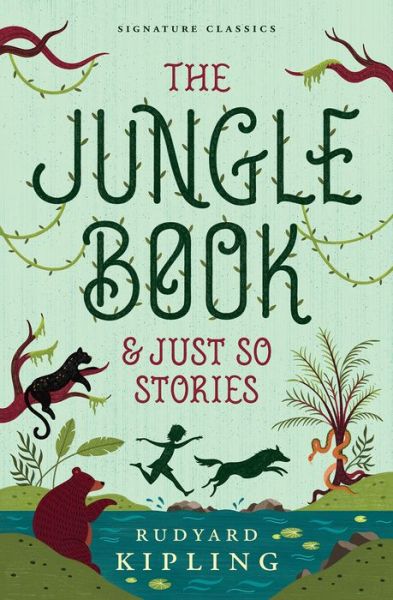

















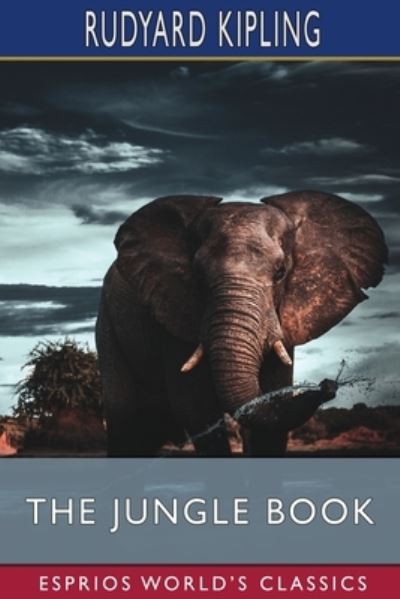
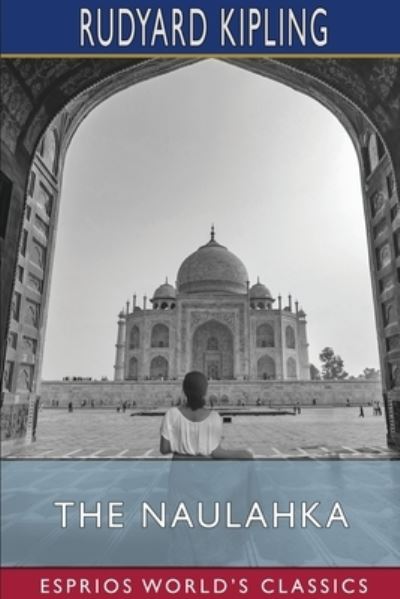

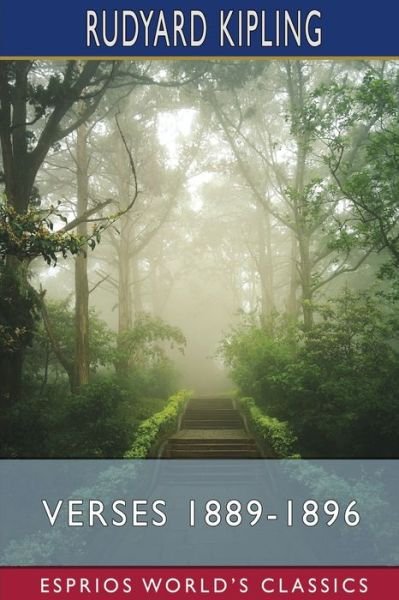
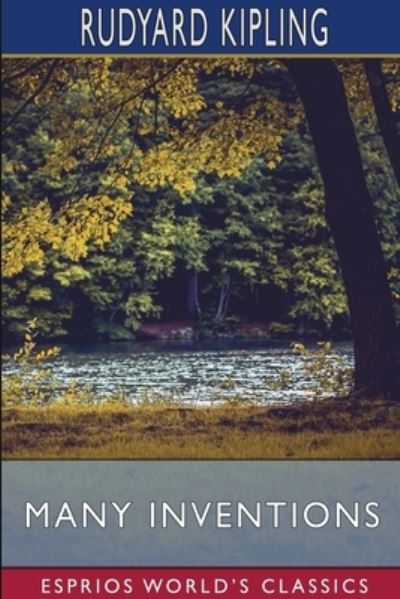





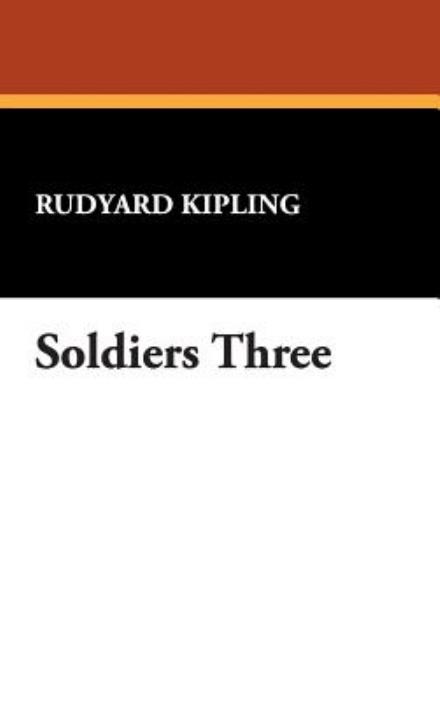



![Cover for Lao Tzu · Tao Te Ching - Classics of World Literature (Paperback Book) [New edition] (1997)](https://imusic.b-cdn.net/images/item/original/719/9781853264719.jpg?lao-tzu-1997-tao-te-ching-classics-of-world-literature-paperback-book&class=scaled&v=1403732131)

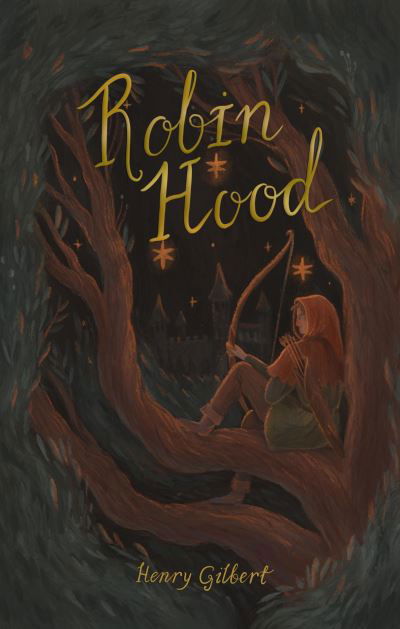

![Cover for Horace Walpole · The Castle of Otranto: A Gothic Story - Oxford World's Classics (Paperback Book) [3 Revised edition] (2014)](https://imusic.b-cdn.net/images/item/original/447/9780198704447.jpg?horace-walpole-2014-the-castle-of-otranto-a-gothic-story-oxford-world-s-classics-paperback-book&class=scaled&v=1412829508)
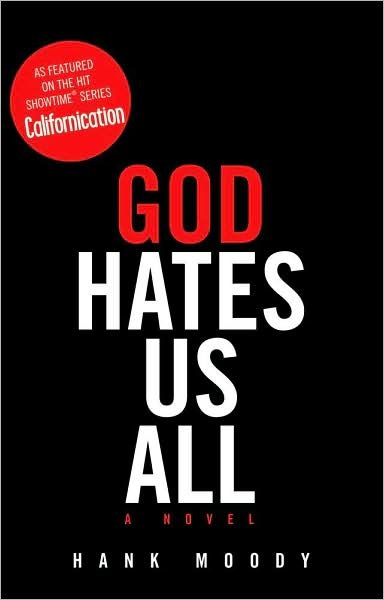
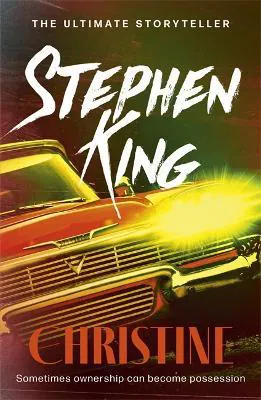



![Cover for Bruce Lee · Bruce Lee Striking Thoughts: Bruce Lee's Wisdom for Daily Living (Paperback Book) [New edition] (2002)](https://imusic.b-cdn.net/images/item/original/711/9780804834711.jpg?bruce-lee-2002-bruce-lee-striking-thoughts-bruce-lee-s-wisdom-for-daily-living-paperback-book&class=scaled&v=1393455959)

